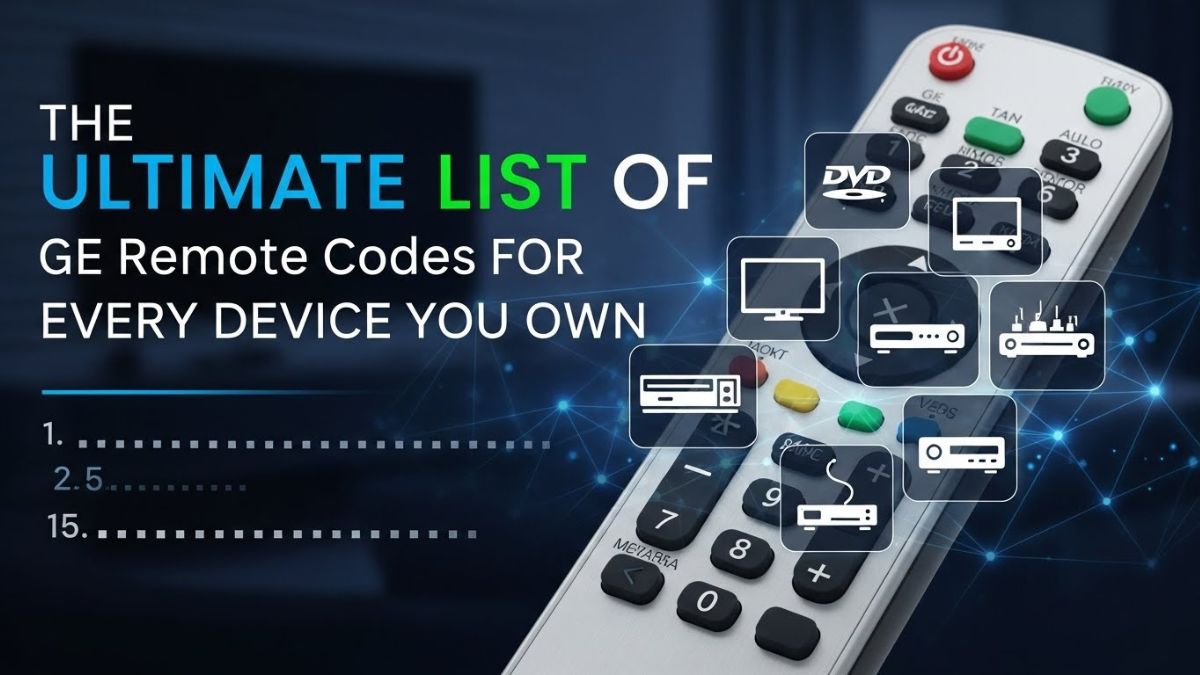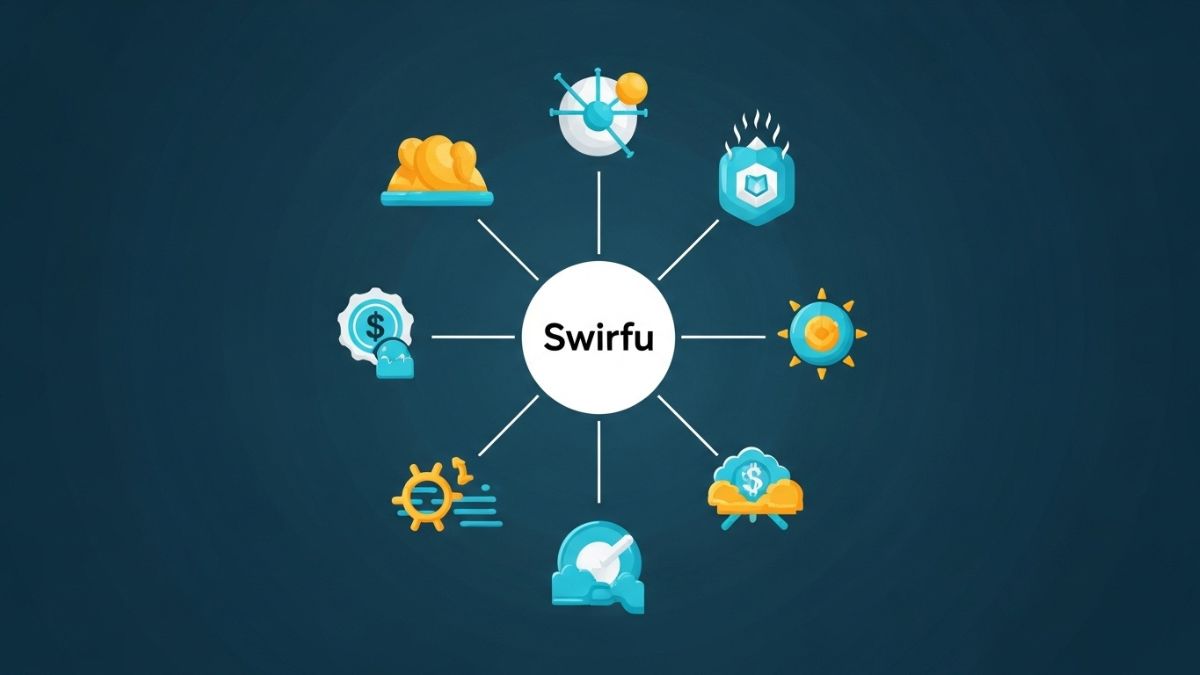Cloud Security Posture Management (CSPM) tools have become the backbone of modern cloud defense. Yet, many organizations struggle to measure whether their investment is working. The best CSPM program doesn’t just find misconfigurations—it proves posture improvement over time. Here’s how to benchmark and set KPIs that actually matter.
Start with the basics: Coverage, Accuracy, and Speed. Measure what percentage of your cloud assets are under continuous assessment. Anything less than 90% leaves a blind spot. Next, track mean time to detect and mean time to remediate. According to the
Cloud Security Alliance, high-performing cloud security teams aim for under 24 hours detection and under 72 hours remediation for critical findings.
Noise is another killer metric. Count the ratio of confirmed to false positives—your signal-to-noise ratio. A CSPM that flags every open S3 bucket as a critical issue, regardless of data sensitivity, will quickly lose credibility. Benchmarks suggest a 70% true-positive rate is a healthy target.
Next, benchmark remediation ownership. How many alerts are routed to the correct team automatically? A CSPM that integrates with tagging and your CMDB should auto-assign 90% of findings to the right owner. If you’re below that, fix ownership before buying more detection.
For executive KPIs, track posture score trending and policy compliance over time. If your tool provides a composite score—say, 78/100 this quarter—trend it across accounts, clouds, and business units. Use it as an input for quarterly security OKRs. Tie improvement to risk reduction by mapping high-risk misconfigurations to real-world breaches, like those tracked in the Verizon DBIR (Data Breach Investigations Report).
Effective CSPM programs link posture to business value. If your cloud team can show that mean time to remediate criticals dropped 40% in six months and open ports on production accounts decreased 60%, that’s a story executives understand. Use dashboards to communicate progress visually, not as compliance theater but as proof of momentum.
Finally, benchmark integration maturity: is your CSPM data feeding your SIEM, SOAR, and ticketing systems? Are alerts contextualized with IAM roles and network exposure? That’s what separates signal from noise. For a practical overview of leading solutions, see Aikido’s roundup of CSPM tools.











